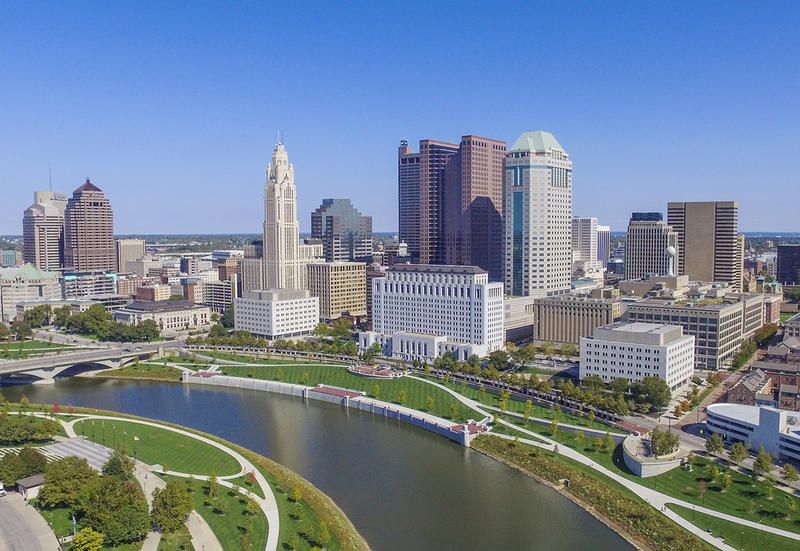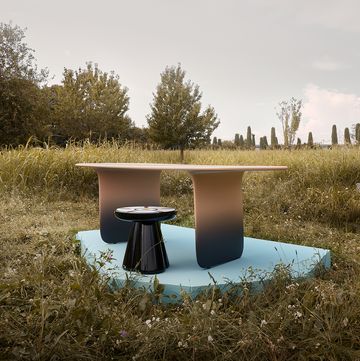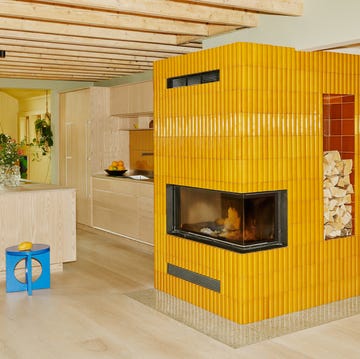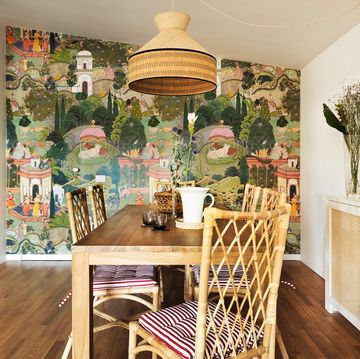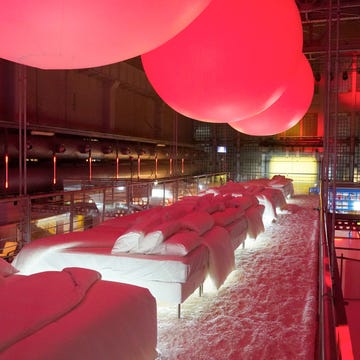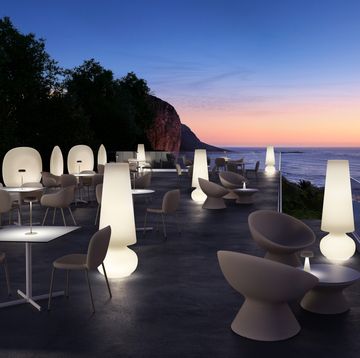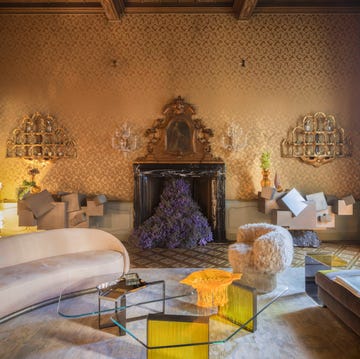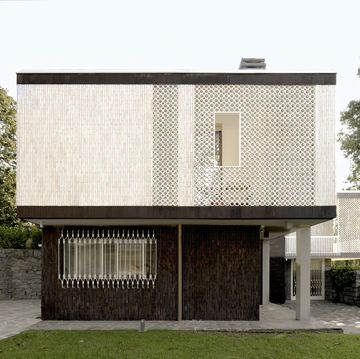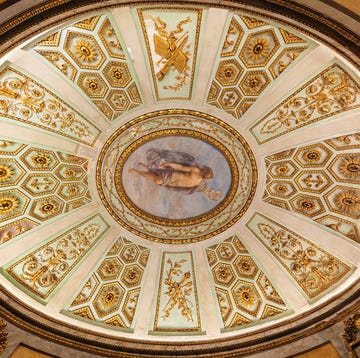It is the state capital of Ohio, the 14th-most populous city in the United States, and the third largest metropolis of the Midwest. Any guess on what this is? If the answer is no, there is a chance you already heard of Chicago and Indianapolis, but you may not have had the pleasure of meeting Columbus, a charming outsider whose allure, vibrant life, and architecture have been attracting increasing general attention.
1. Neoclassical Architecture: The Ohio Statehouse
Strong of its austere look, the building towers over the city’s daily hustle and bustle. Neoclassical on the exterior, the structure was inspired by ancient Greece – the very motherland of democracy –, consistently with typical mid-18th-century’s major architectural trends. One of the oldest working statehouses in the United States, the building mixes majestic pillars, friezes, and bright walls (www.ohiostatehouse.org).
2. Contemporary Architecture: The Columbus Museum of Art
A landmark for creativity, art and culture, the Columbus Museum of Art is a 100% modern hotspot recently revamped by studio DesignGroup. The sophisticated 4,000-sqm extension is entirely clad in copper and unfolds into a sandstone and glass gallery space featuring a new main entrance, retail store and restaurant, along with a relocated sculpture garden and related outdoor spaces (www.columbusmuseum.org).
Here’s one more spectacular location in Columbus, with immaculate nature stealing the stage: designed by DesignGroup, the Grange Insurance Audubon Center attempts a blend between natural wilderness and the urban environment through the use of eco-sustainable futuristic solutions and comfortable habitats (grange.audubon.org).
3. 19th-century’s German Architecture: Columbus’ historic German Village
Settled in the early-to-mid-19th century by a large number of German immigrants, it is one of Columbus’ most historic and evoking neighbourhoods. This actual outpost of German culture is a merge of exposed brick facades, working class atmospheres and small venues and shops, hidden, but not too much, in the heart of the American metropolis (www.germanvillage.com).
4. Deconstructionism: The Wexter Center of Arts
Back to visual arts. Please, make the acquaintance of the Wexter Center of Arts, a virtuous example of Deconstructionism originally conceived by architect Peter Eisenman in the late 1980s. This one-of-a-kind multidisciplinary, international laboratory for the exploration and advancement of contemporary art houses an extensive agenda of exhibitions and artist-in-residence programmes (www.wexarts.org).
5. 1960s’ Avant-Garde Architecture: COSI
COSI, an acronym for Center of Science and Industry, is a hybrid structure featuring a science museum and research center first opened in 1964. It is housed inside a 320,000 square foot state-of-the-art facility designed by Japanese architect Arata Isozaki along a bend in the Scioto River (www.cosi.org).
6: Art Deco Architecture: The LaVeque Tower
Boasting one of Columbus’ most recognisable silhouettes, the LaVeque Tower is a 47-storey skyscraper designed by C. Howard Crane back in 1927. This Art Deco masterpiece mixes the old-fashioned facade and decorations with hyper-contemporary interiors, and is home to luxury residencies, charming design solutions, and jaw-dropping sights of the city.
Right outside Columbus
Located in Dublin, a few kms away from Columbus, Field of Corn is probably the quirkiest art installation in the Midwest: 109 concrete ears of corn positioned in rows and standing upright in a grassy field, it is a work by Malcom Cochran together with landscape designers Stephen Drown and James Hiss.
